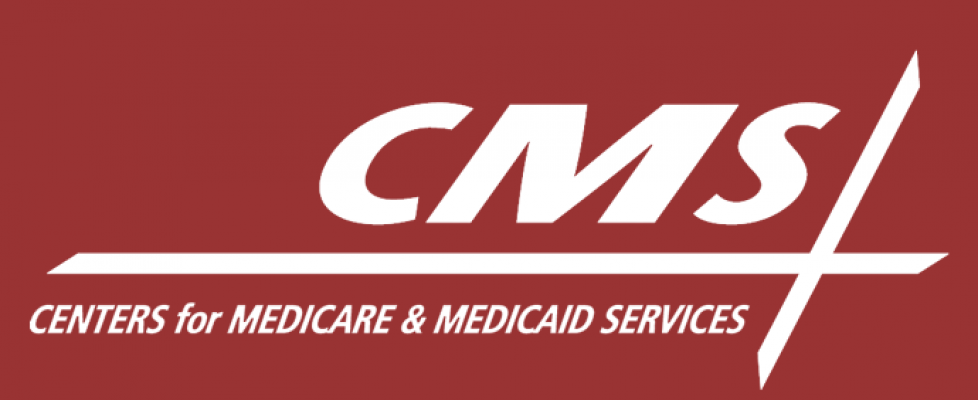The Centers for Medicare & Medicaid Services is rolling out a new telehealth-enabled payment model for 911 triage
The Centers for Medicare & Medicaid Services (CMS) has selected more than 200 emergency transport providers to participate in its Emergency Triage, Treat and Transport (ET3) model — a new payment model that leverages mHealth and telehealth to reimburse Medicare-enrolled ambulance providers that triage 911 calls, according to mHealthIntelligence.
The CMS’ new model aims to reduce the number of unnecessary emergency transports to hospitals by first triaging patients via telehealth — and could generate huge savings for Medicare. The voluntary, five-year payment model provides ambulance care teams with greater leeway to address Medicare Fee-for-Service beneficiaries’ care needs after a 911 call, per the Journal of Emergency Medical Services.
For example, when arriving at the scene of a 911 call, participating emergency transport providers have the option to transport a beneficiary to an alternative destination like an urgent care clinic or facilitate treatment by a clinician, whether in-person or through telehealth. And these options will now be reimbursed by Medicare under its expanded ambulatory requirements as part of the ET3 model. Medicare could benefit from its involvement in the ET3 model by cutting down on its share of the $32 billion in annual costs the US healthcare system spends as a result of avoidable ER visits.
And providers that opt-in to participate have an opportunity to see greater reimbursement under value-based payment models. Value-based care (VBC) is a burgeoning reimbursement model in which providers are paid based on positive patient outcomes rather than the number of services rendered.
And insurers are driving the shift to VBC, partly as an effort to cut down on unnecessary medical services — a leading cost of claims. So, by diverting patients to an appropriate care destination and cutting down on unnecessary, expensive trips to the hospital, providers could benefit from their participation in the ET3 model by seeing greater reimbursement under VBC.
And while providers have been slow to warm up to VBC, incentives via ET3 come in the form of greater reimbursement — which could be the motivation providers need to fully embrace the US healthcare system’s shift away from fee-for-service payments.

